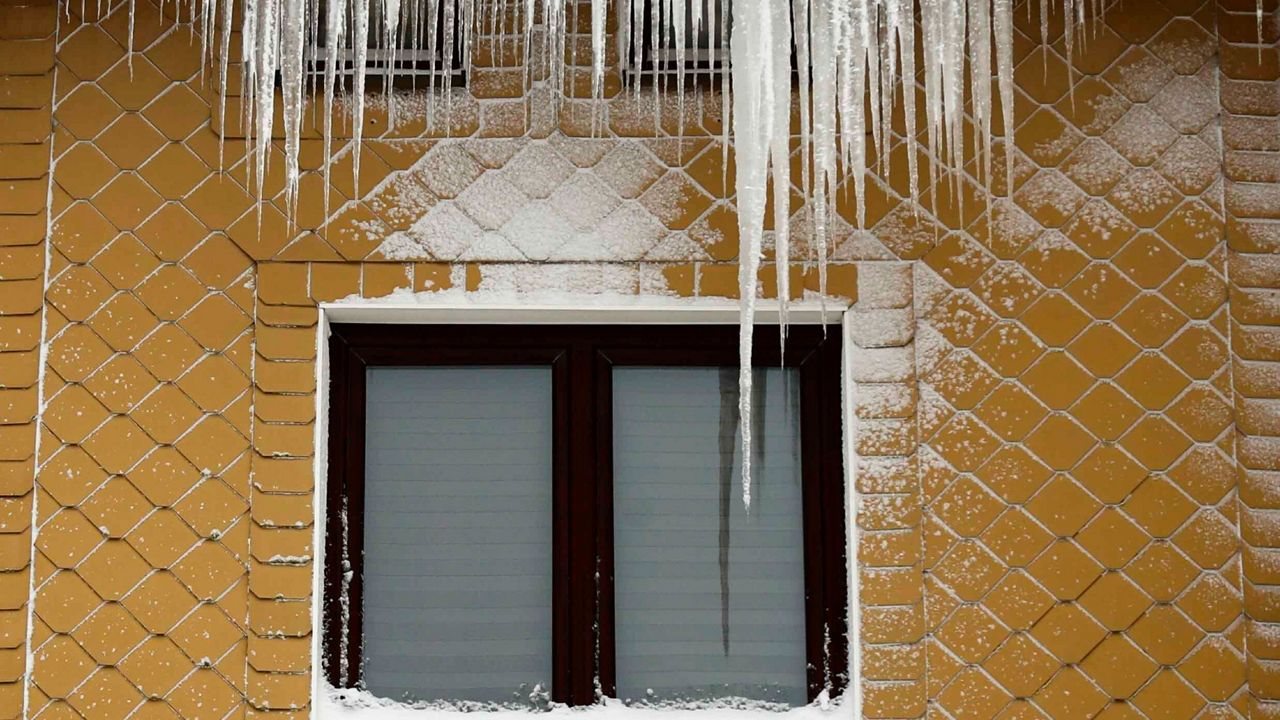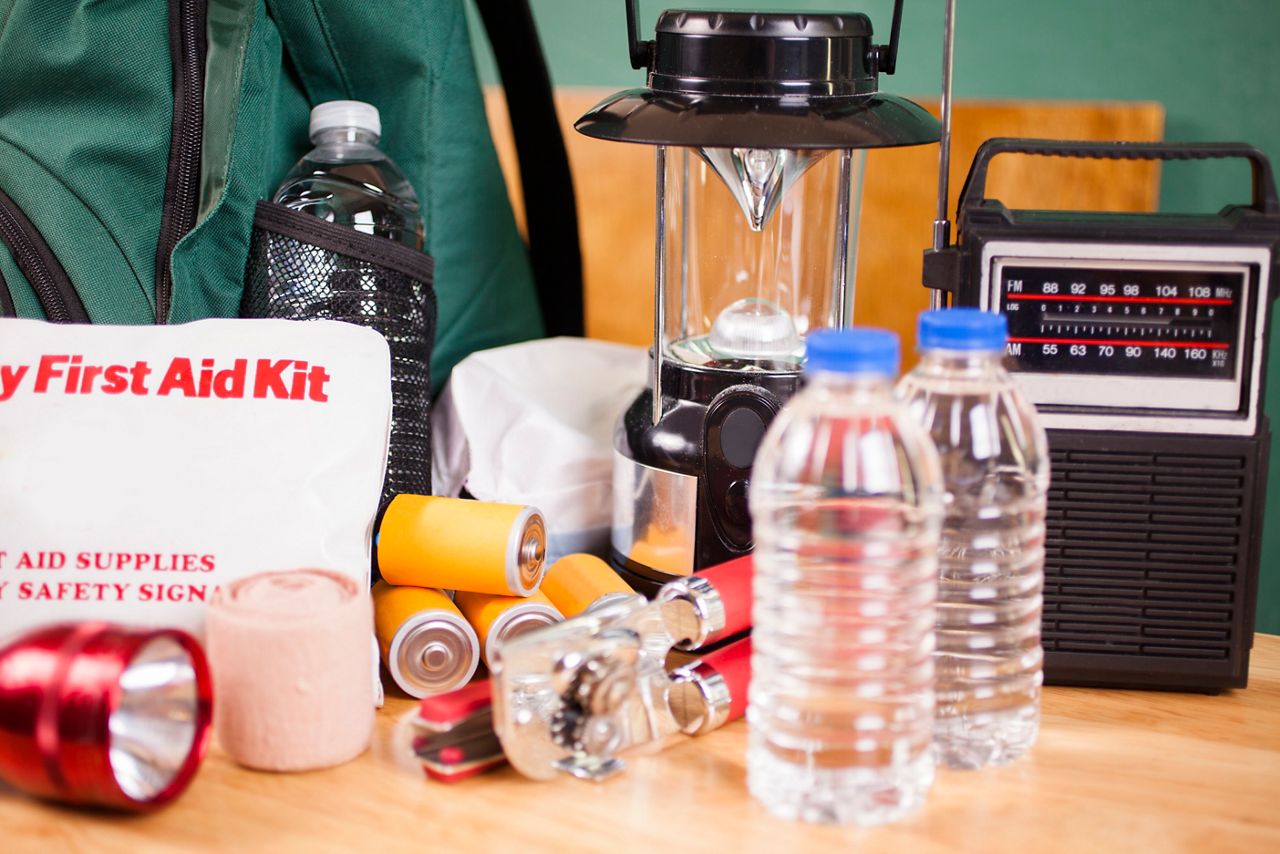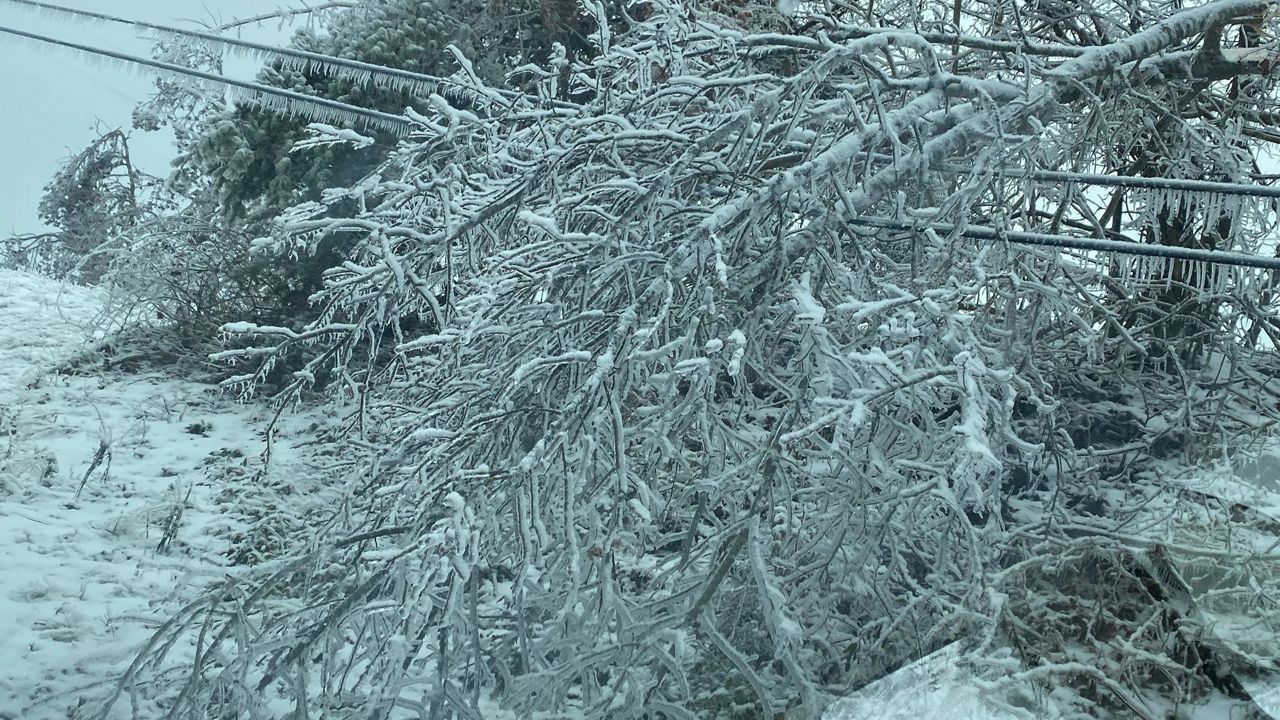When it comes to winter storms the best thing to do is to be prepared. Ice, snow, cold, and wind can wreak havoc on our power systems, leaving us without heat.
Planning and preparing can really be a lifesaver if you get stuck at home in the cold.
Ice and snow weighs down tree branches, which may cause them to fall onto and snap power lines. Power lines that become covered in ice are prone to breaking. Strong wind is also a threat to the power system, and if it’s combined with ice and snow, the results can be devastating if power is out for a number of days.
Harsh weather can weaken the integrity of our power systems. Over time, due to inclement conditions, the insulation that protects the power lines can become tattered, leading to blown fuses.
Drivers who travel on slippery roads are at a higher risk for collisions, including with utility poles, leading to loss of electricity.
Winter weather alerts provide a heads-up of when a winter storm is coming, how long it'll last, and how serious it may be. Find out the difference between winter watches, advisories, and warnings here. The criteria for winter weather alerts depends on what part of the country you live in.
For those who are not fortunate enough to have generator power, being left to endure plummeting temperatures at home can be a threat to life. Going without heat is not only uncomfortable, it can increase the risk for hypothermia – or worse – if the temperature inside becomes too cold for too long.
Cold exposure can cause stress on the cardiovascular system by inhibiting circulation. Hypothermia sets in when body temperature drops below 95 degrees. People with underlying health conditions, the very old, and the very young may have a more difficult time staying warm.
Without proper heating at home, hypothermia can set in and you might not even know it. Here are the warning signs:
- Uncontrollable shivering
- Drowsiness, lethargy, exhaustion
- Confusion, memory loss
- Slurred speech
- Cold, bright red skin
If you are stuck without heat during a power outage, there are ways to conserve what heat there is inside your home.
Close off doors and heating vents to the rooms that you're not using. Place a rolled towel or blanket in front of doors to block drafts. Windows may be a big heat waster, so it’s best to keep curtains and blinds drawn to keep cold air out.
A home that is properly insulated reduces heat loss by blocking unwanted air leaks. If a house is not built for cold weather conditions, its dwellers may face temperature instability and the health risks associated with cold temperatures.
Dress warmly in layers and have extra blankets to wrap yourself in. Keeping your feet covered by wearing slippers or socks will also make you feel less cold. You can wear a winter cap indoors while you sleep and layer up under your pajamas with long underwear.
It’s also important to eat a good meal and stay hydrated to generate body heat. If there are others in the house, it’s a good idea to be near each other in order to keep the space warm.
If you live alone, it's wise to make a plan with family or friends to check up on you during the cold weather.

How cold is too cold inside? According to the World Health Organization, 64 degrees is the minimum. This temperature may not be comfortable for those who are more sensitive to cooler readings, so dressing for the outdoors while being indoors is not a bad idea.
It's also a good idea to have a winter storm safety kit. Make sure you know where it is. Some basic items to keep on hand:
- Water (one gallon per person per day)
- Food that is easy to store and does not need heating
- Flashlight, candles or matches (but be aware of the fire danger)
- Batteries
- Wood for a wood-burning stove or fireplace
- Warm clothing and extra blankets
- Hand warmers
- Medicine and PPE
- A last resort: fuel for portable heaters (must be used with caution and proper ventilation)

Be prepared ahead of winter storms by gassing up your vehicle and by charging mobile devices. It’s also a good idea to keep a battery-powered portable radio in your kit so you can hear the latest weather updates for your area.
In the case of a prolonged power outage, consider finding an alternative location to stay, if you're able.
